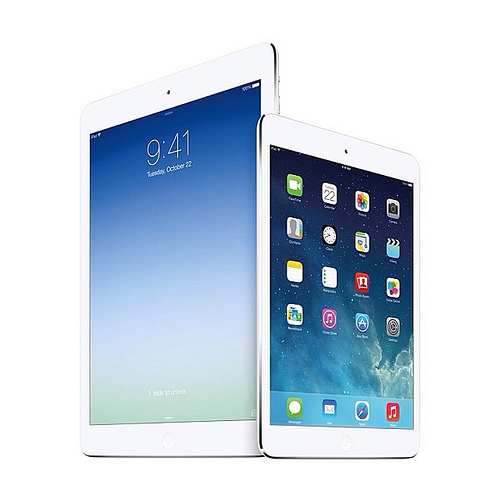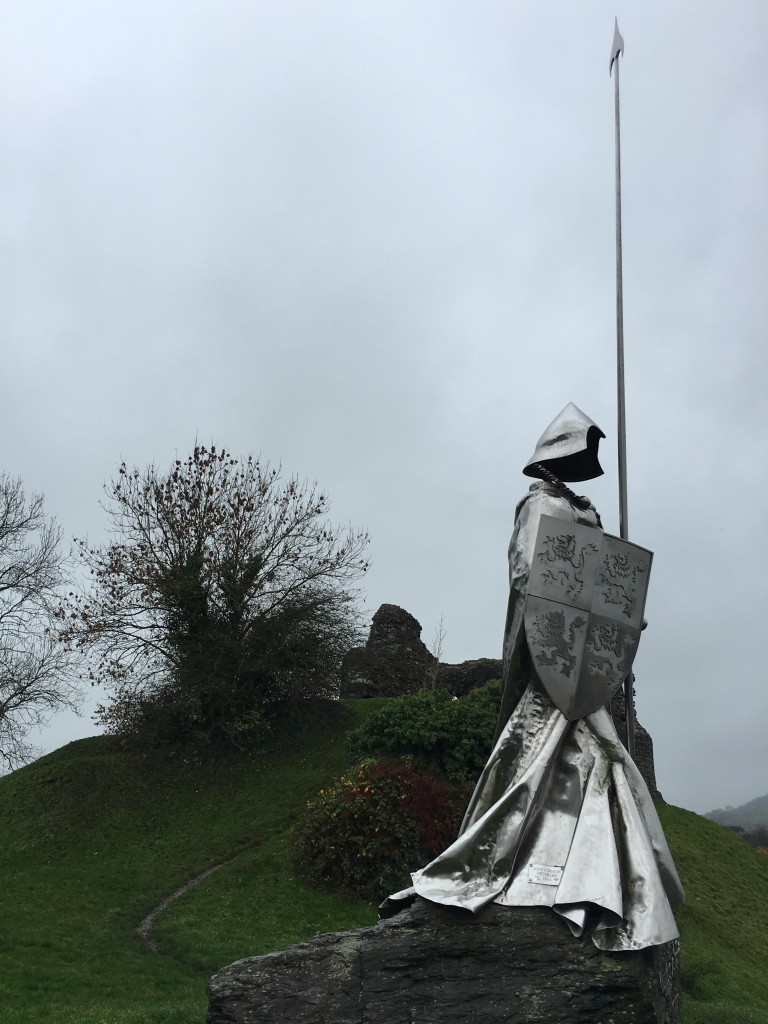RAW vs JPEG
I feel like I’m about to enter the lion’s den. A much debated topic, or should I say a much argued topic which creates as much heat as any political or religious issue – it’s thought to be that important by some … but it’s NOT!
I’m just going to post a few links and then comment on what I think the most salient and important issues are. I shoot using RAW, I don’t use the option of RAW+JPEG that’s offered in the camera as it just takes more space up on my memory card, and as I don’t post to social media from my camera, I don’t require the separate file – I can, and do, create JPEGs from the RAW for publishing and sharing. That’s what JPEGs are good for. They are a good format to use at the end of the post-processing workflow – not the beginning, and for why?
Read this article or this one, and perhaps you’ll understand why? It comes down to this really …
If you’re shooting a family function or an event where you know the photographs will never be used other than online, or for a print that will not be enlarged; you can safely shoot JPEG.
If you’re shooting for an assignment, or for artwork – eg portrait photography, or ANYTHING that you think has the possibility of needing the highest possible quality for post-processing and afterwards for printing; you should seriously consider shooting in RAW as this format allows you to extract the most detail from your image (from the highlights in particular) – it’s the equivalent of the negative in “film-days-gone-by”.
If you’re on vacation, or some similar activity, where you are in “snap” mode and may want to post some photos on Facebook at the end of the day, yet you may want to do some post-processing later and produce a large print later; you could consider setting the camera to shoot both.
Remember also the time and space issues, and by this I don’t mean General Relativity. I mean if you want to enjoy your time taking photographs and not doing much post-processing; you should concentrate on getting as much right in the camera in the camera and get the trade-off of not using up as much space on your memory card(s) and hard disks. If that describes you; then JPEG is your go to format.
So … if you do not intend doing any post-processing with software, and/or you intend to put all your efforts into getting the shot right in camera [good on you, by the way] then of course shooting with JPEG is your best option, and I’m not criticising you in any way for using it.
Having said all that I’ll stick to my RAW workflow for the moment because I enjoy the greater flexibility RAW gives me in post-processing, but I may be tempted to use RAW+JPEG in the future.
RAW vs DNG
Less argument about this one, but still plenty of disagreement amongst photographers. Adobe introduced DNG as a portable format that allowed you to process your images independently from the RAW format your camera used. A good idea that would seem. After all your camera manufacturer might go out of business, leaving you stranded with loads of RAW files you couldn’t process – but in practice this has never happened, and is unlikely to be a problem in the future.
So here are a couple of articles that you should read. This one and then this article. So where does this leave us …
DNG is a solution to a problem that just doesn’t exist. The supposed advantage of being a non-proprietary raw format doesn’t give much advantage today and it probably won’t in 30 years either. If every camera and software company adopted it, it would be a sensible strategy to adopt. But they haven’t. When my camera shoots in DNG, then I’ll probably use it.
I’m now used to the RAW files from my camera – they are my ‘film’, but I don’t understand what DNG actually is. It’s supposed to produce a file that’s 20% smaller and the same quality as my RAW file – but what am I losing? And with storage getting evermore cheaper that’s not an advantage anymore.
However, here’s a reason that is important. Many photographers use software that doesn’t support DNG, and moreover if you try and transfer a DNG file to another software package that does support DNG, you will not get the same result as you would if you’d transferred a RAW file – see this article for evidence of that!
Finally, having all the edits, metadata and keywords embedded in one DNG file rather than having a ‘sidecar’ XMP file to store this information alongside the RAW file is not really that great an advantage given the extra flexibility you have if you want to use External Editors in your Lightroom workflow, or if you want to go back to an earlier version of Lightroom which will force you to generate XMP files to accompany your RAW files to import the more recent images.
So it’s RAW for me! Start-up Lightroom and have a cup of coffee.



